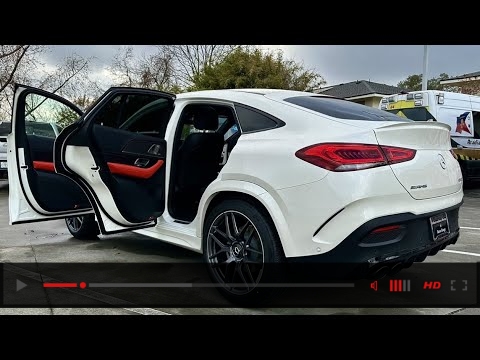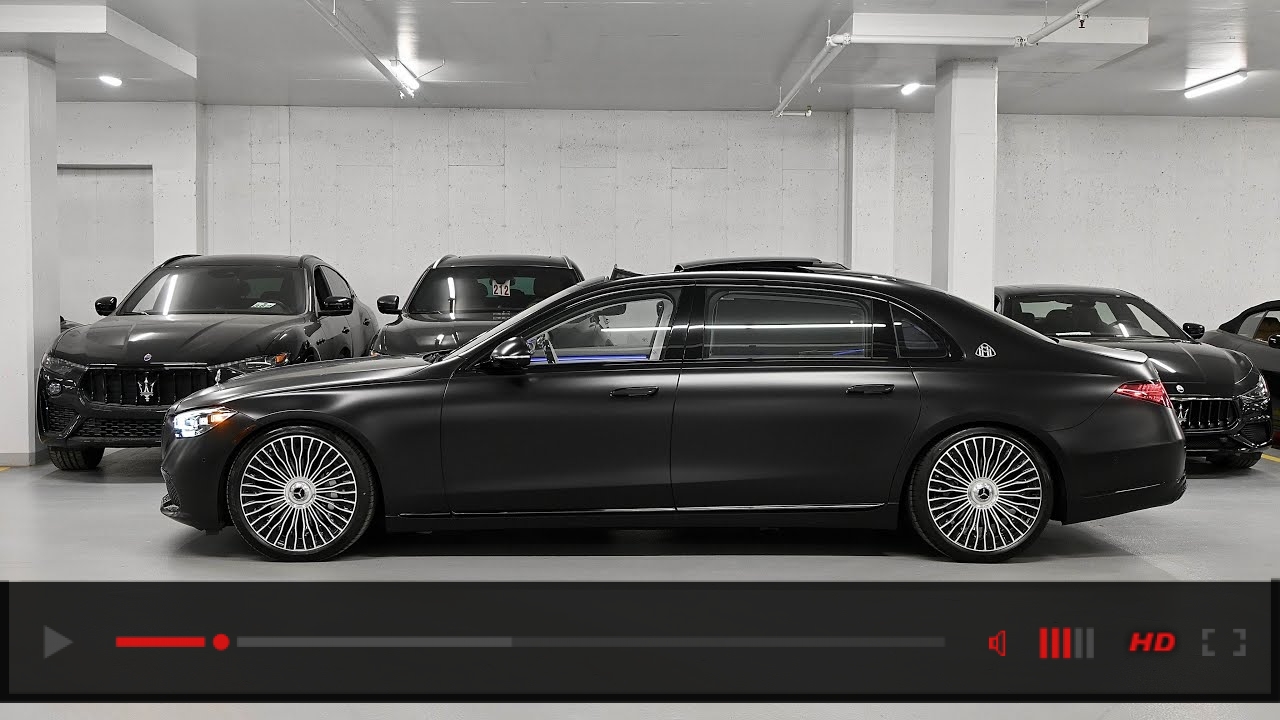Some main innovations of the W124 series were related to occupant safety. Derived from the Mercedes W201, with which the W124 shares the basic layout, its similarly angular body was designed to withstand an offset-crash in a concrete barrier at some 35 mph (56 km/h) without serious harm to the occupants and a largely undamaged passenger cabin, a windshield that stays in place and doors easily opened without special recovery tools. This crash-test configuration became the base for the Euro-NCAP procedure currently being the standard crash-test configuration in the EU. Unlike Euro-NCAP, Mercedes required the body of the W124 to withstand an offset impact from the front and from the rear.
The W124 gained a good reputation for reliability. In 1995 the diesel engined version topped the “upper middle class” category in a reliability survey of 4–6-year-old cars undertaken by the German Automobile Association (ADAC), with 11.8 recorded breakdowns per 1,000 vehicles for four-year-old cars and 21.6 for six-year-old ones: this compared with 14.6 breakdowns per 1,000 cars for four-year-old Audi 100s and 27.3 for six-year-old big Audis.










